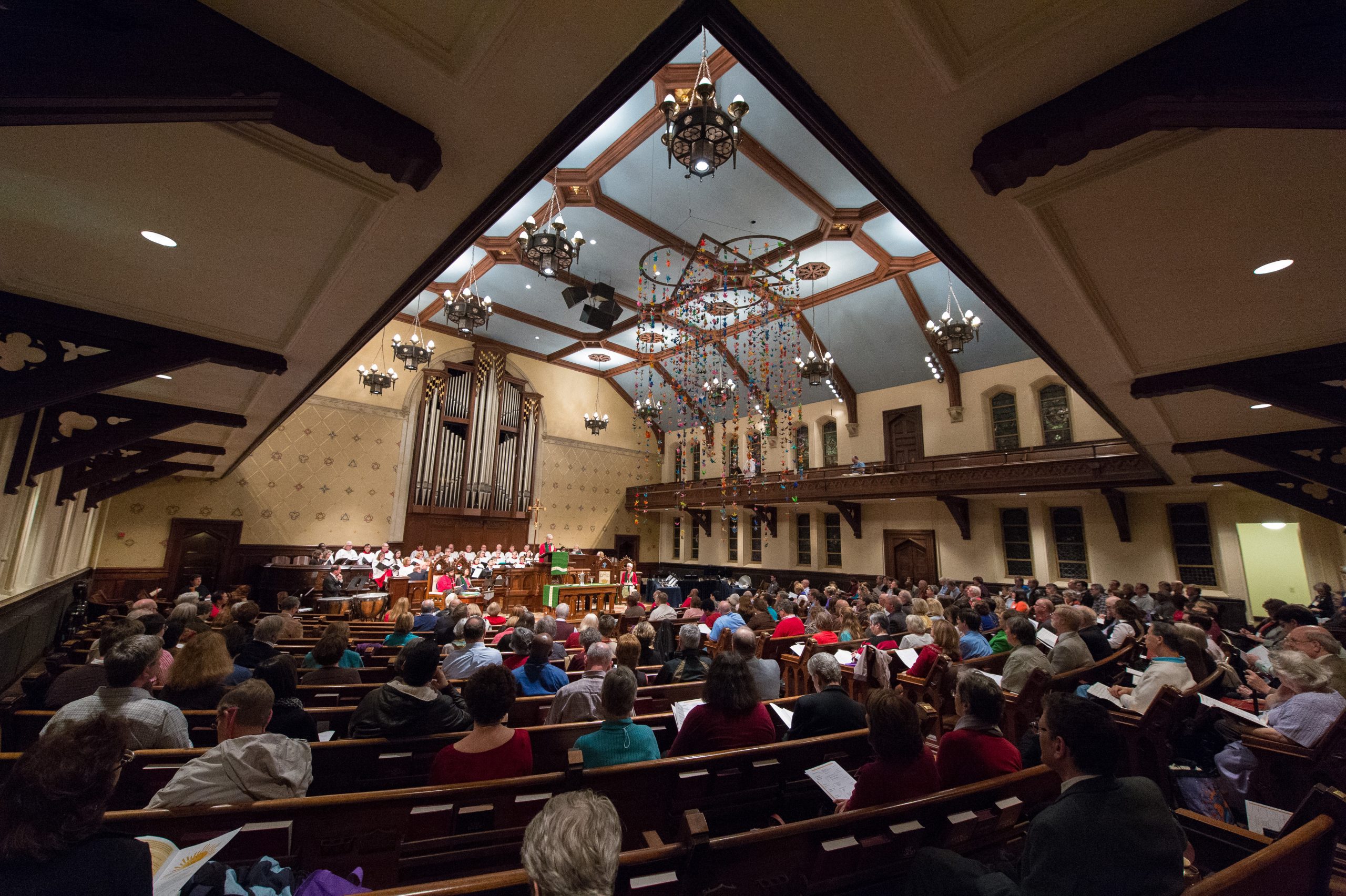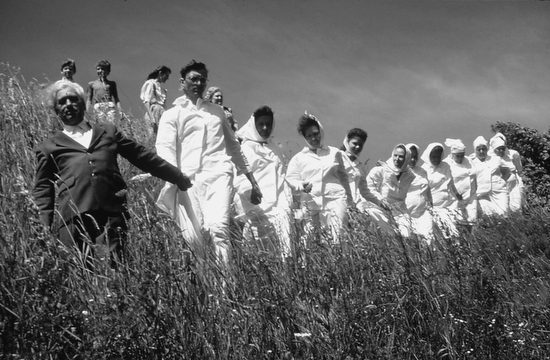
The order of worship in churches is based on the only whole worship service we have recorded in scripture, Isaiah 6:1-8.
When we start the service, the first thing that happens is acknowledging we have come into the presence of God. This is similar to how you create a story and introduce characters.
When we meet God at this moment, it will cause us to be reminded of our sin, which is similar to a story needing crisis/tension. This is where in worship, we acknowledge there is nothing we can do and only God’s grace can save us. But first, we must confess.
This dialogue continues between man and God in worship, where God is asking who will go after we confess and God has forgiven us. This is like in the storyline where the mentor is outlining to the main character what they need to do to overcome their crisis.
Often this is where the homily/sermon gives us more insights into how to live our lives. This is the direction given to all main subjects in a story that they go and then live out those instructions.
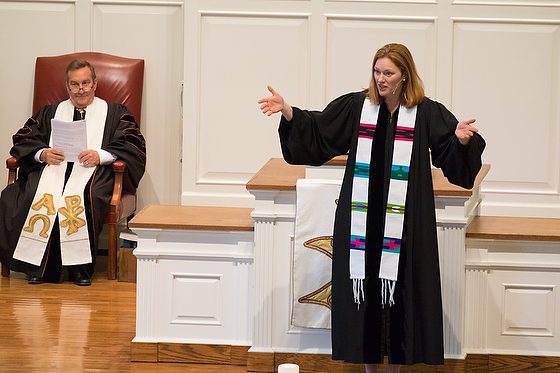
Here is the scripture that Christians and Jews use to create their order of worship.
Isaiah 6:1-8
REVELATION– verse 1: “In the year that King Uzziah died I saw the Lord sitting upon a throne, high and lifted up; and the train of his robe filled the temple.
ADORATION– verse 3: “And one called to another and said: ‘Holy, holy, holy is the LORD of hosts; the whole earth is full of his glory!'”
CONFESSION– verse 5: “Then I said, ‘Woe is me, for I am ruined! Because I am a man of unclean lips, And I live among a people of unclean lips; For my eyes have seen the King, the LORD of hosts.'”
EXPIATION– verse 6-7: “Then one of the seraphim flew to me, having in his hand a burning coal that he had taken with tongs from the altar. And he touched my mouth and said: ‘Behold, this has touched your lips; your guilt is taken away, and your sin atoned for.'”
PROCLAMATION– verse 8a: “And I heard the voice of the Lord saying, ‘Whom shall I send, and who will go for us?'”
DEDICATION– verse 8b: “Then I said, ‘Here am I! Send me.'”
SUPPLICATION– verse 11: “Then I said, ‘How long, O Lord?'”
COMMISSION– verse 9: “And he said, ‘Go, and say to this people…'”
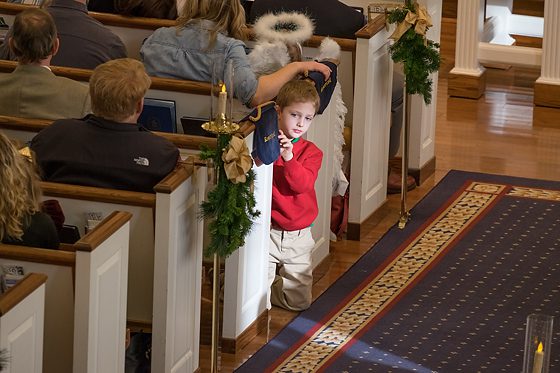
If you look at this order and then compare it to the Narrative Storyline, you will see they have a lot in common.
PLOT – a series of incidents that are related to one another; what happens in a story includes five stages (exposition, rising action, climax, falling action, and resolution)
EXPOSITION – usually in the beginning of a story, where the characters, setting, and conflict (problem) are introduced
RISING ACTION – the part of the story where the conflict(s) develop, in which the suspense and interest builds
CLIMAX – the turning point or most exciting moment of a story, in which the main character comes face to face with the central conflict, and a change happens
FALLING ACTION – all the loose ends of the plot are tied up, the conflict and climax are taken care of in this part of the story, and the suspense is eased
RESOLUTION – where the story comes to a reasonable ending and the outcome is resolved

Here is how I see these lining up
| Worship Service | Narrative Story |
| Revelation | Exposition |
| Adoration | |
| Confession | Tension/Struggle |
| Expiation | Climax |
| Proclamation | Falling Action |
| Dedication | |
| Supplication | |
| Commission | Resolution |
All the stories in scripture have flawed characters who either turn to God for help and are obedient to those directions or refuse to be respectful. Many of those stories involve a series of times where well-intentioned characters continue to return to God and ask for forgiveness for not being obedient.
I believe this format is used in worship because it forces us to process our faith in story form. It reminds us that, like all characters in a story, we live in a crisis that we cannot solve alone. We need help. In the stories of Hollywood, you need THE FORCE in the Star Wars movies to take on your enemies. You go to someone like Yoda to be trained.
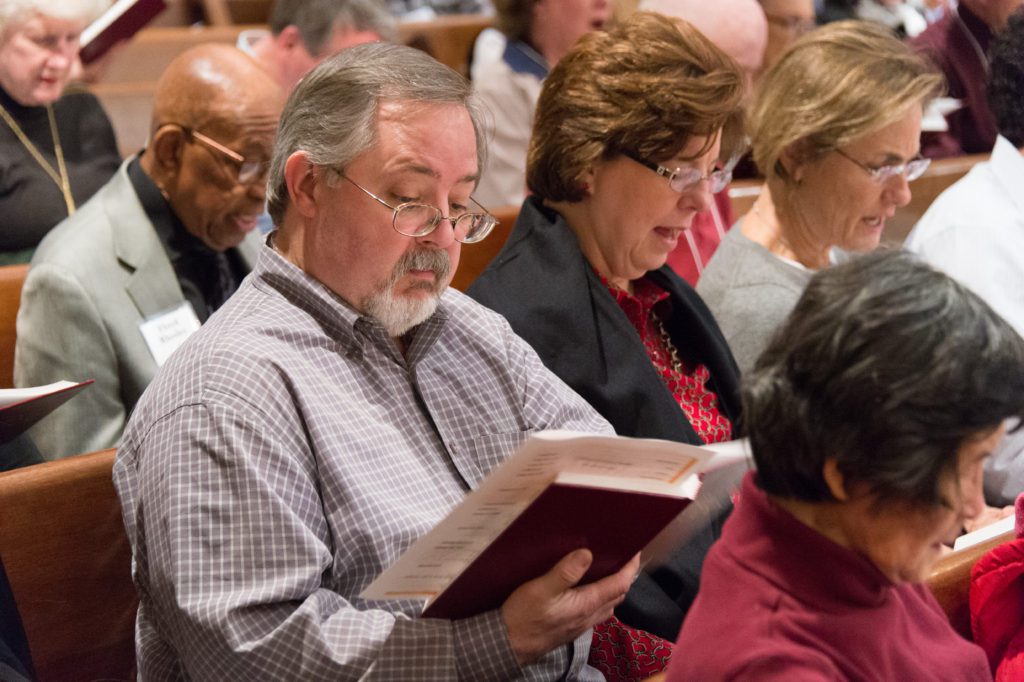
In the Disney stories like Cinderella, she needed a Fairy God Mother to help her.
Stories move us because we can relate. While the problems are different, they are problems that the main character, like us, cannot solve alone.
The other cool thing about worship services relating to storytelling is that they have a soundtrack. The music in worship services helps to set the tone for stories to be told, and as we resonate with those stories, we are reminded of the story we are living.

